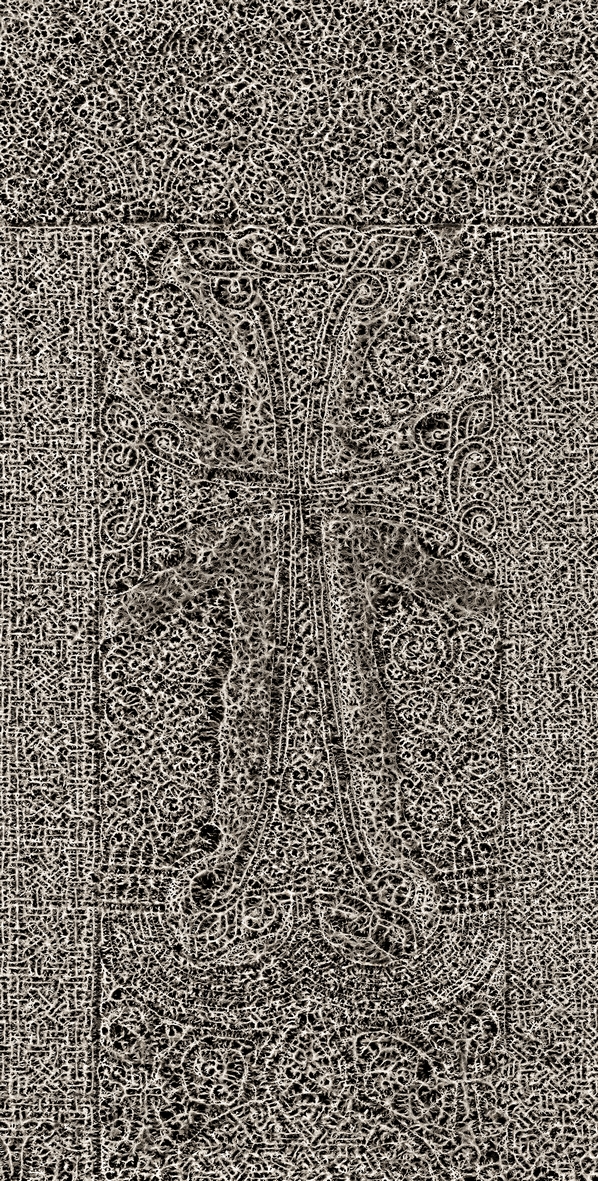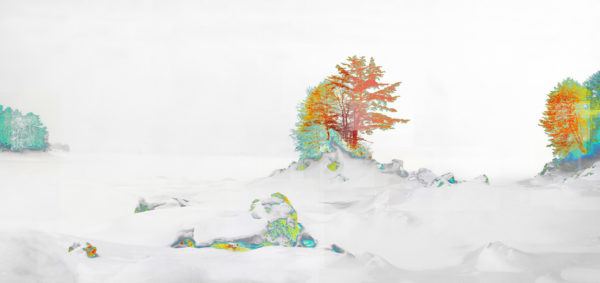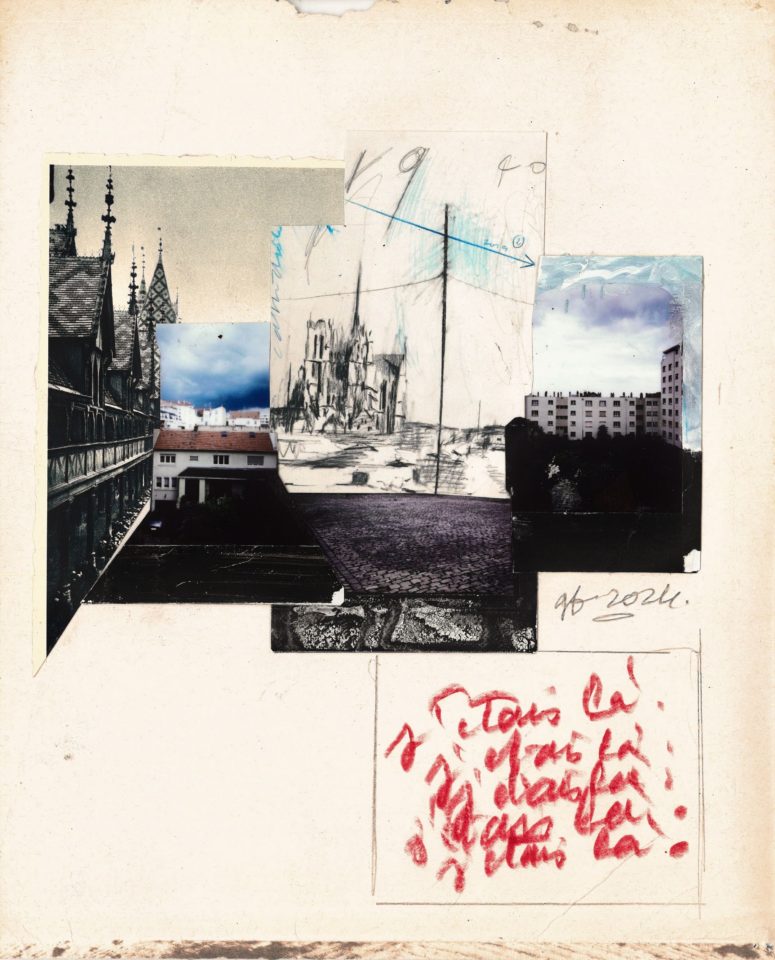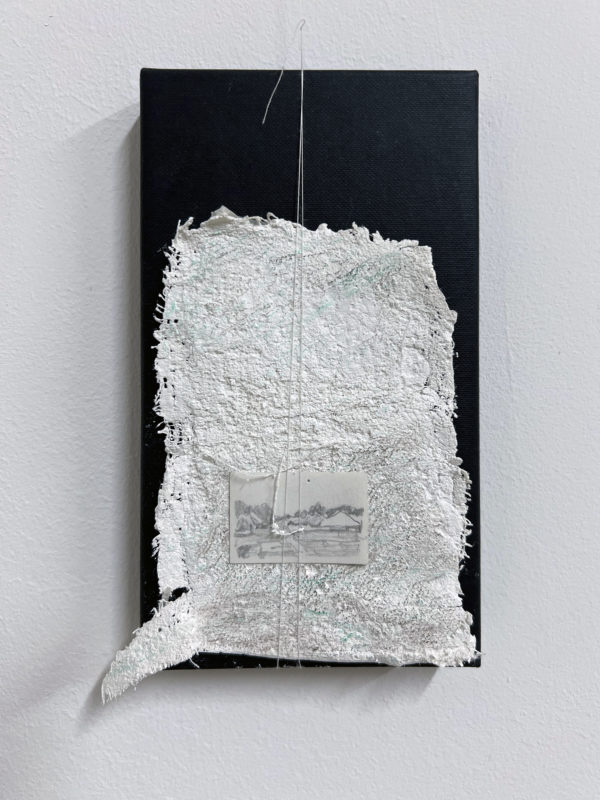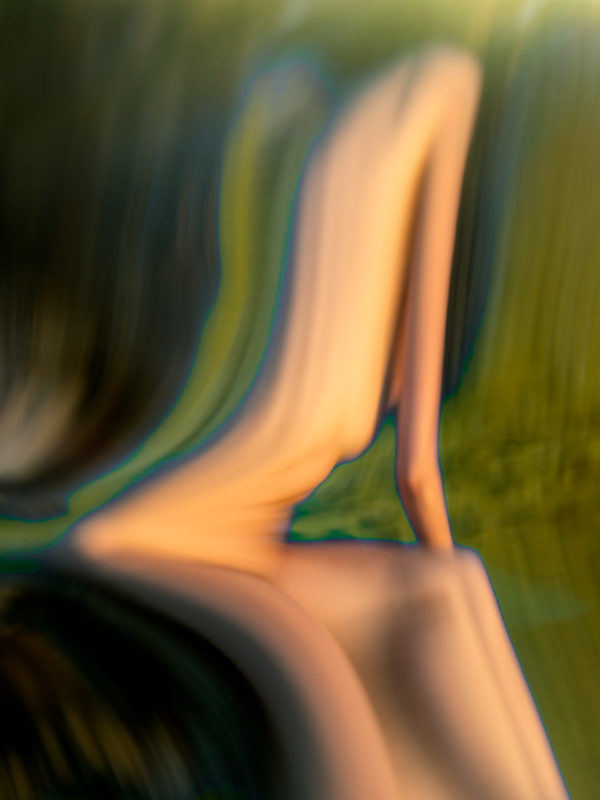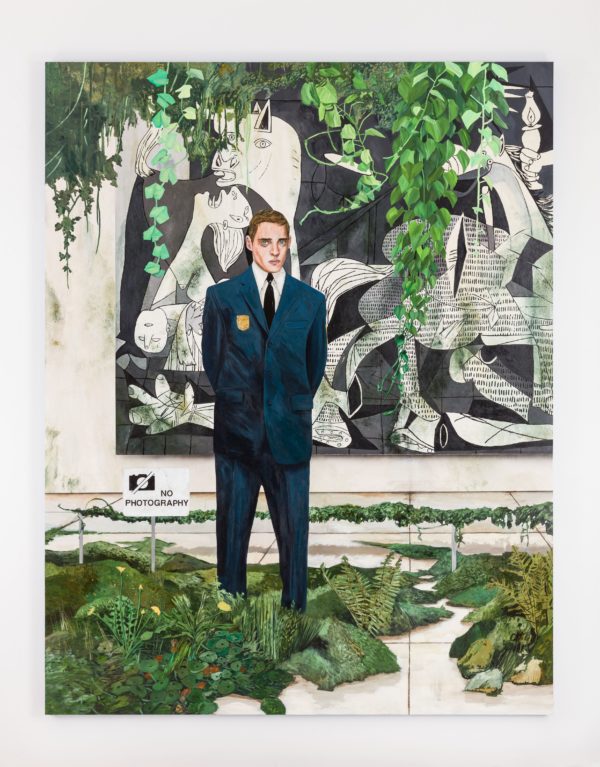galerie Sator
Gabriel Folli , France
"J'étais là"
J'étais là, 2024 technique mixte sur papier, 29 x 22 cm Courtesy Gabriel Folli & galerie Sator
Solo show of Gabriel Folli
From May 17th to May 26th, 2024
The gallery
Founded in 2011 in the Marais in Paris, Galerie Sator promotes the work of emerging and developing international artists.
The gallery is characterized by its strong emphasis on visual art that references other forms of art and fields of thought: politics, history, history of art, literature, philosophy and science.
The gallery’s approach is completed by an investigation of the place of the image in contemporary societies and of the production of plastic forms.
Resolutely international, the gallery promotes the work of French and European artists alongside a speciality in artists on the Asian contemporary scene from China, Korea and Vietnam.
The mediums of expression explored by the gallery’s artists range from painting to drawing, and from objects to installation and photography. For several years now, Galerie Sator has also developed a research project dedicated to the production of video art, from virtual reality to documentary-fiction and from classic projections to participative environments.
In Spring 2019, the Galerie Sator joined Komunuma in Romainville with a second space totalling over one hundred square metres.
Gallery artists
Djabril Boukhenaïssi, Corentin Canesson, Jean Marc Cerino, Sylvain Ciavaldini, Raphaël Denis, Hugo Deverchère, Yevgeniy Fiks, Christian Gonzenbach, Yan Heng, Evangelia Kranioti, Hayoun Kwon, Gabriel Leger, Kokou Ferdinand Makouvia, Eric Manigaud, Nazanin Pouyandeh, Truc-Anh, Pu Yinkwei
